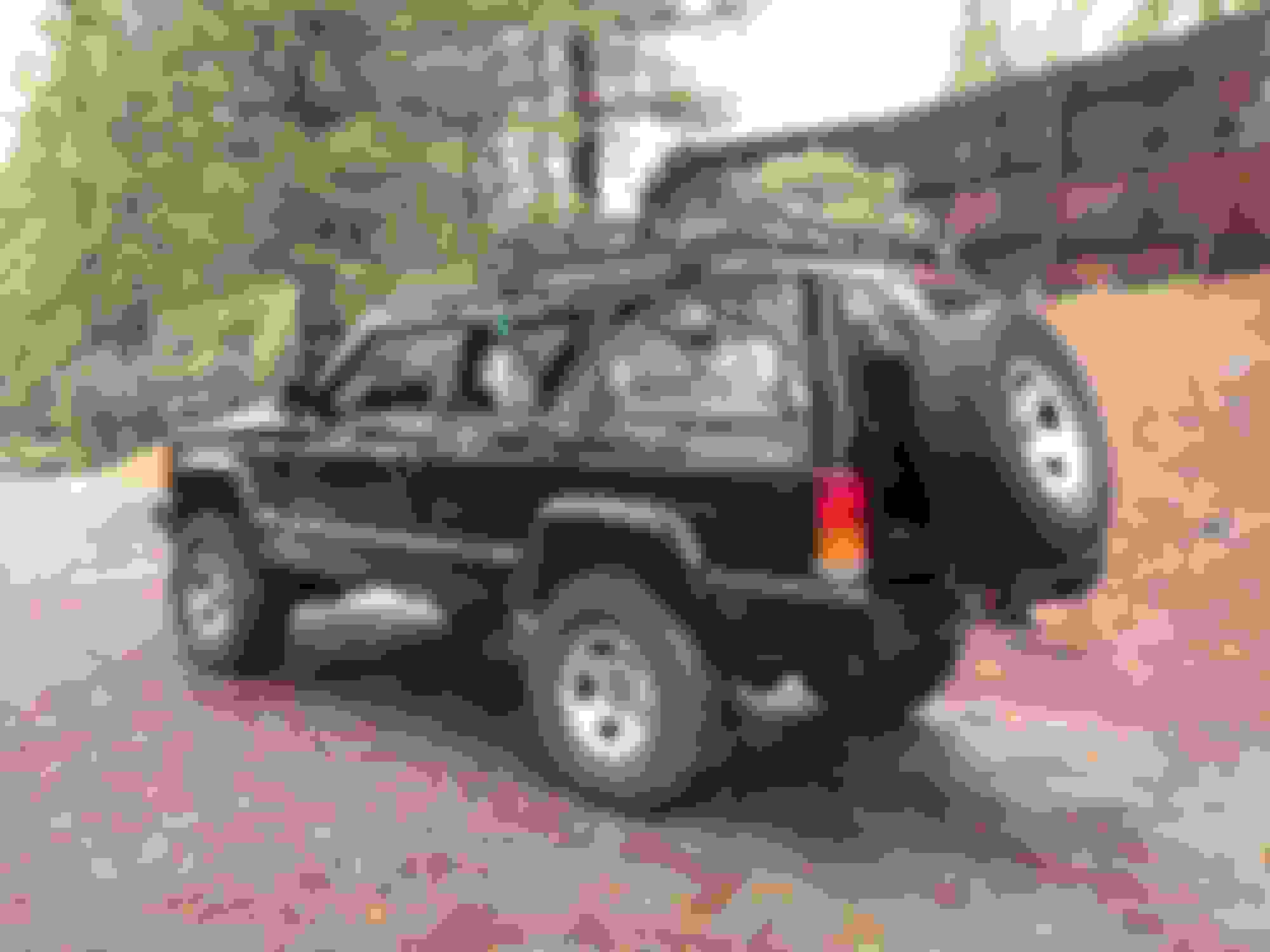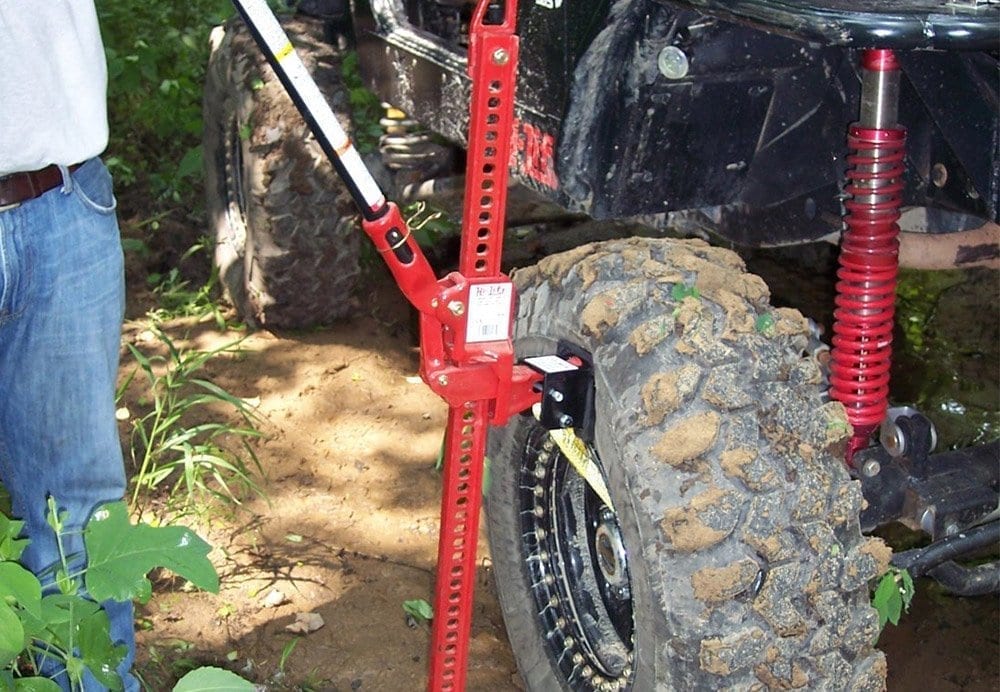

The beavertail flip was suggested on advrider and we like it. Originally we had it the other way, because it seemed more intuitive for aerodynamics, but the molle accessories kept bumping into our back while riding. We switched the direction of the beavertails, so now the rear beavertail overlaps the front. Andrew will be developing this with the factory’s R&D team when he’s over in Vietnam. There are a ton of cool changes coming on this bag. Over the last few weeks we’ve been cranking on it again whenever we get some time. We’ve had so much going on with production of the Backcountry’s and Scouts that the Reckless development had slowed. We’re getting lots of questions about the Reckless: when will it be available, how much will it cost, what’s the volume etc.

We want this jacket to work in huge variety of different riding conditions, whether cold/hot or wet/dry. pressure suit, heated vest, insulated layer, rain liner, etc), and the jacket won’t flap or ride up when layers are removed. The rider can adjust the width of the jacket based on how many layers are being worn underneath on that particular day (i.e. In our design, we’re going to add cinch straps on the sleeves and sides, which together with the draw string at the bottom should result in a highly configurable fit. However it also makes the jacket heavy, bulky, and hot. No doubt this is one reason so many moto jackets are covered in pockets the extra weight and stiffness of all that extra fabric helps hold the material place.

It rode up on my belly and was non-stop flapping in the wind. Without a hydration pack to hold it down, the jacket was totally unmanageable at speed. I went out for a shakedown run last week wearing just an arcteryx shell, which is what I normally ride with offroad. I’m leaving for a 4,000 mile trip on friday. It’s a little tight, so we’ll open it up a bit. Sample fabric is on the left, real fabric on the right. But it wasn’t available in small quantities for sample making, so we have to use our imagination. Our original fabric has more kevlar and is a bit heavier. The samples were made from a fabric that is similar to but not exactly what we wanted. The cord loops wil correspond with small hooks on the outer jacket. So we’re adding some low-profile cord loops on the liner. But when they’re worn together, we want them to come on/off as one piece instead of two. The liner can be used as a standalone jacket as well, for wearing around camp etc. We’re testing a system to attach the inner liner to the outer jacket when they’re being worn together. In order to make the hood “helmet compatible” we’re making it slimmer and shorter than normal, so it doesn’t push down over the rider’s eyes (the white area below is being trimmed off). The liner jacket has a hood, which can be worn underneath a helmet in a serious downpour keeping water/air off the back/neck. There are so many different measurements for every single garment, and all the pattern pieces interact with each other, meaning that a change in one pattern requires a change in all the others. We followed up with a detailed fitting in Hood River. First we met with Galen in Portland for a high level review. There’s nothing quite like having a physical prototype in hand to kick off the creative process. Steve grew up riding dirt bikes in Georgia but hasn’t been on a bike in years. Steve from the factory was in Portland again last week, and he came up to Hood River to discuss the production schedule.

Now we’re just waiting on the final word from the factory so Andrew can hop on a flight and be there in person for production. We fixed this by machining the channels for the mounting screws a bit deeper in the wedge so they don’t make contact with the fabric. There’s an additional wear spot on the back of the bag, where the fabric has been pushing up against the wedge-mounting screws. We took our existing prototypes up to Chip and he got them all fixed them up. On the bags themselves, we made some last-minute changes to increase the strength of the roll top fabric, and reinforce some specific high-wear spots. Here’s some pics of pucks and frames/wedges in production. Yesterday we got a box of 595 latch keepers, tomorrow we’re picking up laser-cut logos for the wedge. Machining of the pucks and mounts has begun in Portland, with various other bits and pieces making their way to the Gorge from all over the world.


 0 kommentar(er)
0 kommentar(er)
